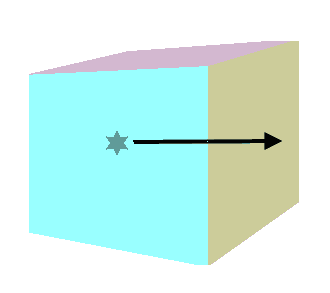
| November 5, 2025 | |||||||||||||
Calculator for the temperature rise in an electronics enclosure |
|||||||||||||
I find that there are far too many fins, louvers and holes in this world. The reason is that we don't have much intuition when it comes to heat dissipation. How hot does a 5 watt resistor get? Yes, very hot. But put that resistor in a box, and how hot does the box get? There are several problems to solve when designing electronics for heat dissipation. The first is temperature reduction of the hot spots. Power resistors, power semiconductors and possibly inductive devices are not always designed to spread their own heat, and so a heat sink or an appropriately designed circuit board heat spreader is needed. But to get the heat outside the enclosure we need to move it through the walls into the air. So the temperature inside the box will depend on the watts of heat generated, the area of the box walls, the material of the box walls, and the outside temperature. This calculator can tell you the approximate temperature rise in the box, which you can apply. Note: this calculator deals only with conduction, not radiation. The thermal conduction values are nominal or average values for that material class. If you know the thermal conductivity of your wall material you can enter it into the field directly. For example, I have a DC/DC converter with output of 10 watts sitting on my desk. The efficiency is 85%, so the heat generated is 0.15 * 10W = 1.5W. The tiny case is 6.5 x 3 x 2 cm. The case is 2mm thick ABS. Putting the numbers into the calculator I find the temperature rise inside the box will only be 1.84 °C. No holes or louvres needed! To use the calculator, enter the height, length, and width of the box first, then press the button "Calculate Surface Area." Then enter the wall thickness, material or thermal conductivity, and the air temperature. Changing these parameters will automatically calculate the temperature rise and the temperature inside the box. |
|||||||||||||
|
|
|
| |||||||||